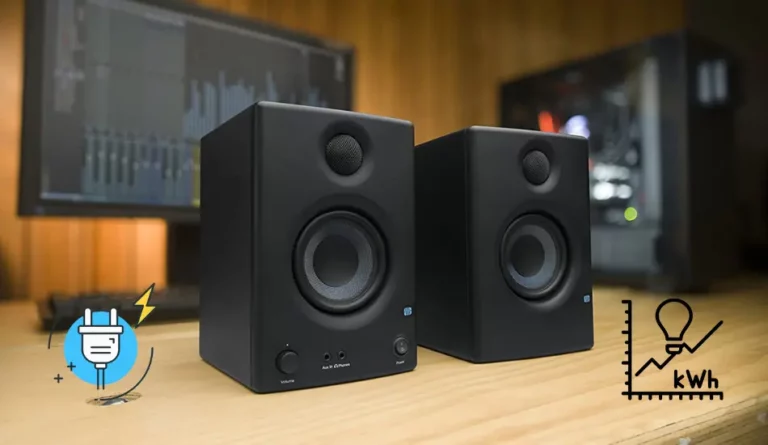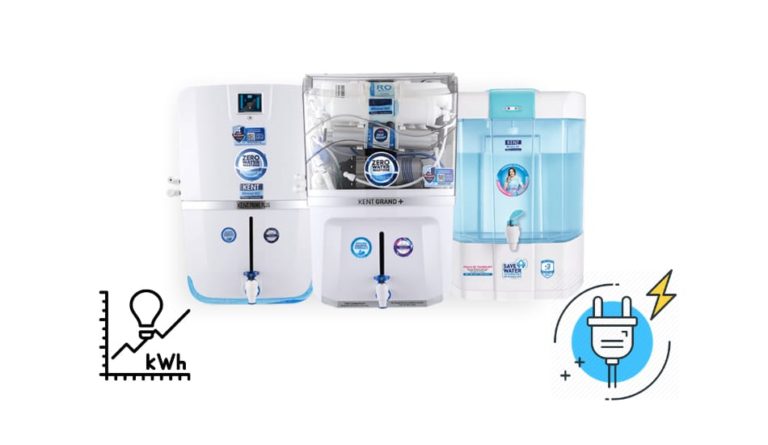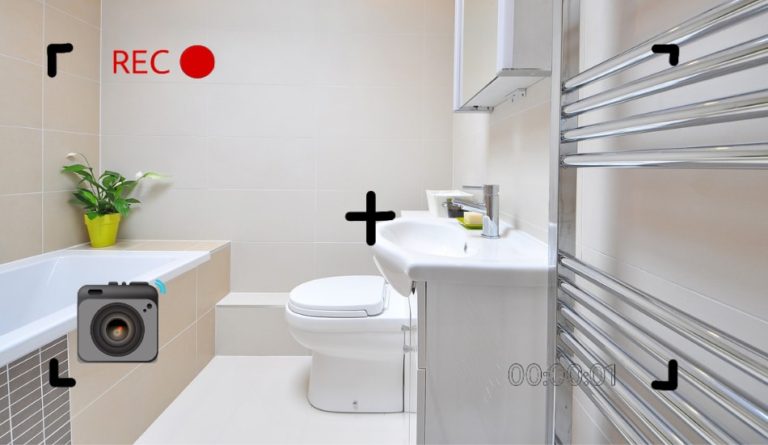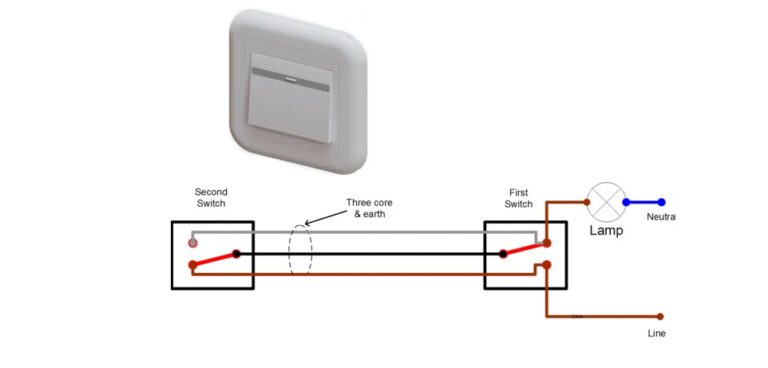What Is the Standard Basement Electrical Outlet Height?
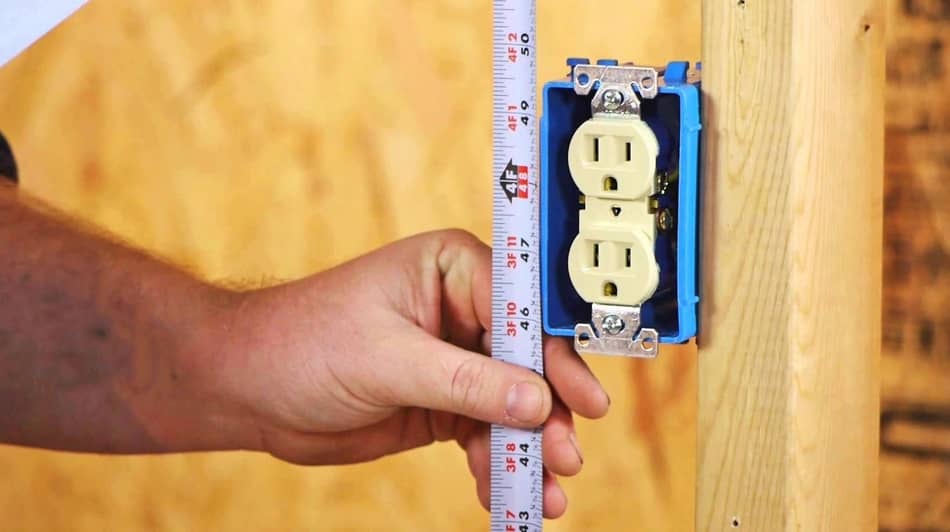
When I initially moved into my first house, the power outlets seemed to have been installed everywhere. Some were placed higher up the wall than others, and some were nearly halfway up. I knew they needed to be at the same level, but I was curious about the regular basement electrical outlet height. In this article, we’ll go over everything you need to know about electric outlets, including code requirements, practical installation advice, plus safety precautions, and in the end, how to install an electrical outlet.
Table of Contents
What Is the Standard Basement Electrical Outlet Height?
So What Is the Standard Basement Electrical Outlet Height? According to the NEC (National Electrical Code), the basement’s standard electrical outlet height is 15″. This height is measured from the bottom of the receptacle box, all the way to the level of the floor that is below. It is recommended that you follow these rules during installation.
Basement electrical boxes must be installed within the building codes minimum and maximum heights specified. This does not imply that all residences constructed to regulation will have outlets at minimal height. Many people believe that the optimal height is slightly higher – between 16″ and 18″. Some people believe that slightly higher outlets are more visually appealing and simpler to access.
An electrician would most likely tell you that they prefer to install outlets at 18 inches from the receptacle’s highest point because standard electrical outlet receptacles are 3″ tall and 2″ wide. Whatever height you pick, be sure it is code compliant and that all basement outlets are installed at the same height, except outlets for baseboard heaters since they don’t need to follow the minimum height.
Before you start with the process, be sure to read How to Turn Off Your Home’s Electricity?
1. What Is the Minimum Height for Outlets in Basement?
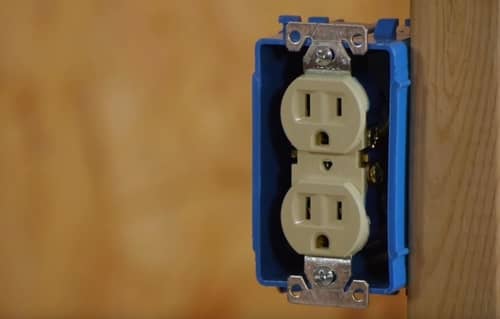
An electrical outlet in the basement should be at least 15″ above the floor. This measurement is taken from the receptacle box’s bottom. A receptacle box is a plastic or metal box that contains the cables that link the outlet’s power source. It’s not the outlet’s plastic casing.
There are minimum height requirements for a variety of reasons. To begin, outlets must be raised above the ground to minimize moisture damage caused by flooding, spills, or any other sort of water that a property may encounter. Furthermore, installing an outlet near the floor level increases the possibility of further physical damage, which is equally bothersome.
2. What is the Maximum Height for a Basement Electrical Outlet?
A basement electrical outlet can have a maximum height of 4′ from the floor level, measured from the top of the receptacle box to the floor. An outlet can be as low as 15″ from the receptacle box’s bottom.
Code for Electrical Outlets in the Basement
When putting outlets in a basement, there are several more aspects to consider, and the first thing to understand is that finished and unfinished basements have distinct criteria. All you need to know about electrical outlets and the electrical construction code in a basement will be covered in the next chapter.
How Many Outlets Can You Have in a Basement?
On a 15 amp breaker, one can have up to 10 outlets, and on a 20 amp breaker, you can have up to 13 outlets. The majority of households do not have that many outlets on a single circuit. Without an outlet, you can’t run more than 6 feet of wall. Any wall that is longer than 24″ requires an outlet as well.
There is no minimum spacing between outlets; they can be as close as you want them. The sump pump outlet must be on its circuit if you have one. If you have a basement laundry room, you will also need a dedicated circuit, with at least one outlet for the laundry room and another for other devices.
Do Basements Need to Have GFCI Outlets?
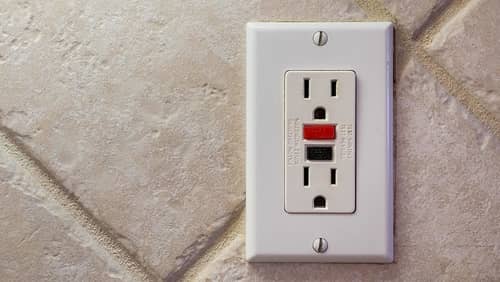
It depends if you have an unfinished basement or not. If you have, you must have at least one GFCI outlet on each circuit that has an outlet in your basement.
What is the purpose of a GFCI outlet? Unfinished spaces are regarded as “wetter” than finished spaces. Consider this as a concrete floor that hasn’t been finished. Concrete contains a lot of water. The GFCI can detect a difference in current flowing into and out of the receptacle and safely break the circuit. In an emergency, this can save both your receptacle and your life.
You don’t need to worry because a circuit that comes in contact with water will not shut off if a GFCI outlet does not protect it. The breaker protects against overload but does not prevent the current fluctuations that would result from dropping your toaster in the tub. This is why it’s critical to have a GFCI outlet.
Every circuit in an unfinished basement must have at least one GFCI, and each outlet within 6 feet of a tub, laundry, or sink must be a GFCI outlet as well.
Additional Basement Outlet Code Tips
Another thing to remember is that the basement electrical code prohibits every barrier underneath an outlet that extends above 25″. If you have a shelf or counter next to an outlet, it can’t go further. Keep in mind that each receptacle box should include a grounding screw. Connect your grounding wires to the green grounding screw on the outlet and the grounding screw on the receptacle box.
Finally, check to ensure that all outlet units are flat with the finished wall. This is necessary since you don’t want gaps between the basement’s interior and the outlet box. If you’re working with drywall, the outlet box should be flush with the drywall’s surface. This keeps cables from escaping the box and potentially damaging the vapor barrier, drywall, or insulation.
What Are Electrical Codes For Finished Basement?
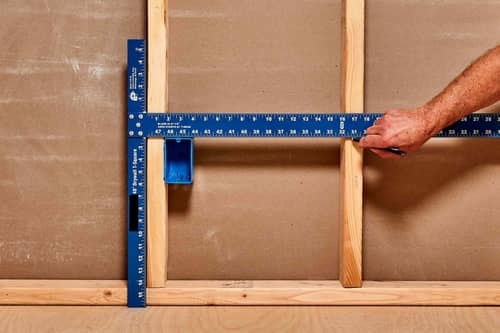
You don’t require GFCI protection on your outlet boxes if you have a completed basement with no unfinished areas. Is your basement, however, finished? Many towns appear to have different definitions of what makes a finished basement.
A finished basement has no unfinished sections — except for a furnace room. As a result, GFCI outlets are not required outside of outlets near water sources. If you have a completed basement with a furnace and utility room, your basement is still considered unfinished. Even if the rest of your basement is finished besides those two rooms, each circuit in the basement requires a GFCI outlet.
For those who want to know about the finished and unfinished basements, be sure to read What Is Considered a Finished Basement? Expert Explain
Finished vs. Unfinished Basements: Electrical Outlets
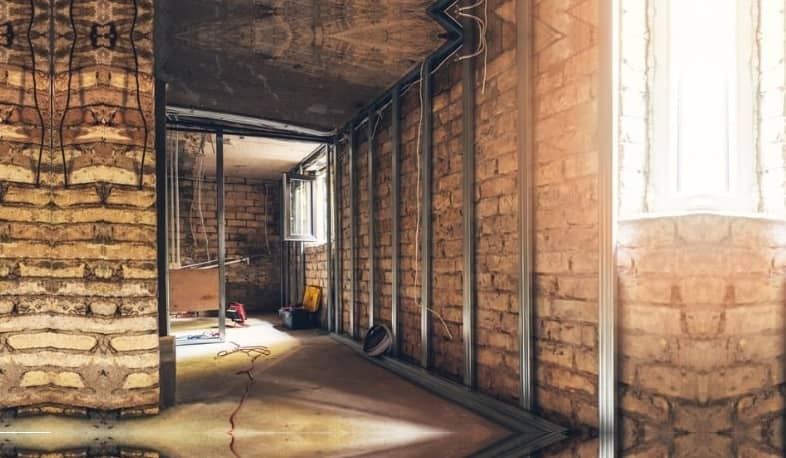
The term “completed basement” refers to a space with a floor covering (no exposed concrete) and finished walls. A finished wall would be paneling, plywood, drywall, but no studs or concrete and insulation without anything on top.
Basements that are finished must have the same plumbing, HVAC, and electrical systems as the main level. Interior egress — inside stairs – and emergency escape windows are also required. There is a minimum of one window per basement, plus one for each basement bedroom.
If your basement ticks all of those boxes and you have a furnace room separate from the completed area, it’s finished. Apart from regions near water, there is no need for GCFI outlets.
Related Article: What Is the Blue Wire On a Ceiling Fan?
Do You Need a Permit to Install a Basement Outlet?
Installing electrical outlets does necessitate the acquisition of a permit. It is simple to install a basement electrical outlet. However, significant consequences such as shock or fire might occur if the installation process is done incorrectly, ending in death. This is why every town requires licenses for the building or modification of basement outlets.
It is really simple to make a mistake when installing an electrical outlet in any room of your house. The most common mistakes are mixing up the copper and silver screws or not tightening the connections sufficiently. When they screw too tightly, the wire breaks, all of these situations trip a breaker, but each case is unique.
Wrapping the outlet terminal screws with black tape after connecting them to the wires is a safety practice you can employ when installing an outlet in the basement. This protects a child from poking their fingers into the live parts of the outlet.
Tips For Basement Electrical Outlet Height
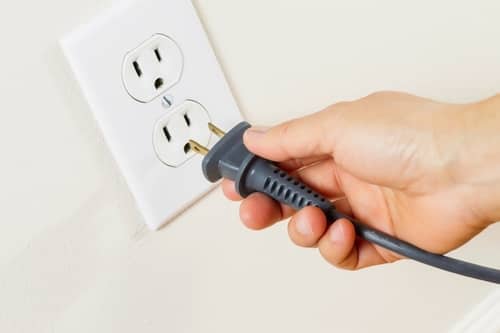
Consider the following guidelines for putting electrical outlets in your basement:
- Make all outlets the same height
- Obtain a permit
- Only one GFCI per circuit is required
- Furnace rooms must have their own light and switch at the entry
- Sump pump on the separate receptacle
Place your basement outlets at least 15 inches from the box’s bottom. This raises your outlets to the level of most builders and residences. You’ll only need to measure 18 inches while installing the receptacle boxes “from the completed ground level.
Having one GFCI outlet for each circuit does not really hurt you, even with a finished basement. Why? Your basement will no longer be “completed” if you decide to rebuild it in the future. At that moment, a GFCI will be required on each circuit. To avoid slipping out of code, save yourself the effort and install them.
Furthermore, it may appear excessive to require a permit to install a single electrical outlet. However, the consequences could be disastrous. Even if you do the installation properly, an electrical fire can occur elsewhere in the house and hold you liable, if only because the inspector may notice that electrical work was recently finished without a permit.
Electrical work is relatively straightforward. Every basement room must have at least one outlet. What’s the harm in having an outlet in each room? At a minimum, an outlet with a GFCI in each basement room should be standard practice, just like you’d have lighting with a switch as you enter.
Related Article: Standard Single-Pole Light Switch Wiring
Final Thoughts
If you ever experienced being shocked while working on your wiring, you understand that electrical work isn’t a good DIY project, and you should be careful. If you are not careful enough, it can even kill you. If anything in this post makes you hesitant to do anything with outlets in your basement, hire an expert to do it for you.
If you decide to go through with your installation of outlets in the basement, take all necessary safety precautions and completely follow the code. Yes, you need one GFCI outlet per basement circuit for unfinished basements. However, it doesn’t hurt you to make all of your outlets GFCI — it’s safer, and the extra cost is small compared to the added security.
Finally, don’t forget to arrange your basement electrical outlets carefully; the last thing you want is too few outlets or outlets in inconvenient locations.



